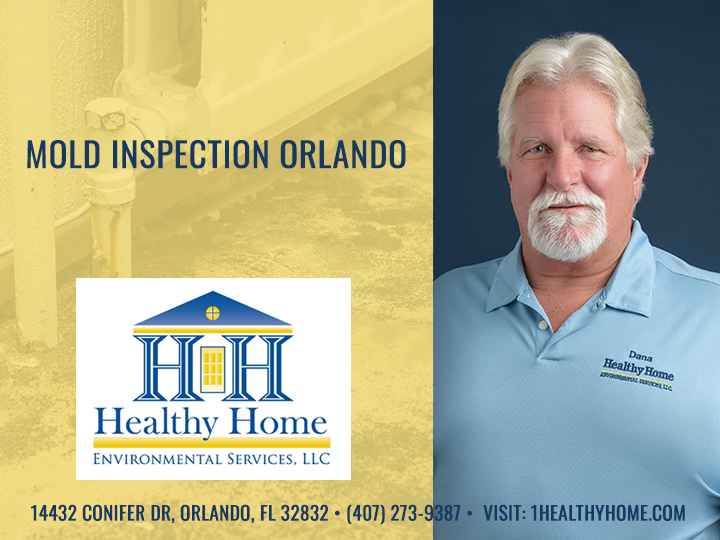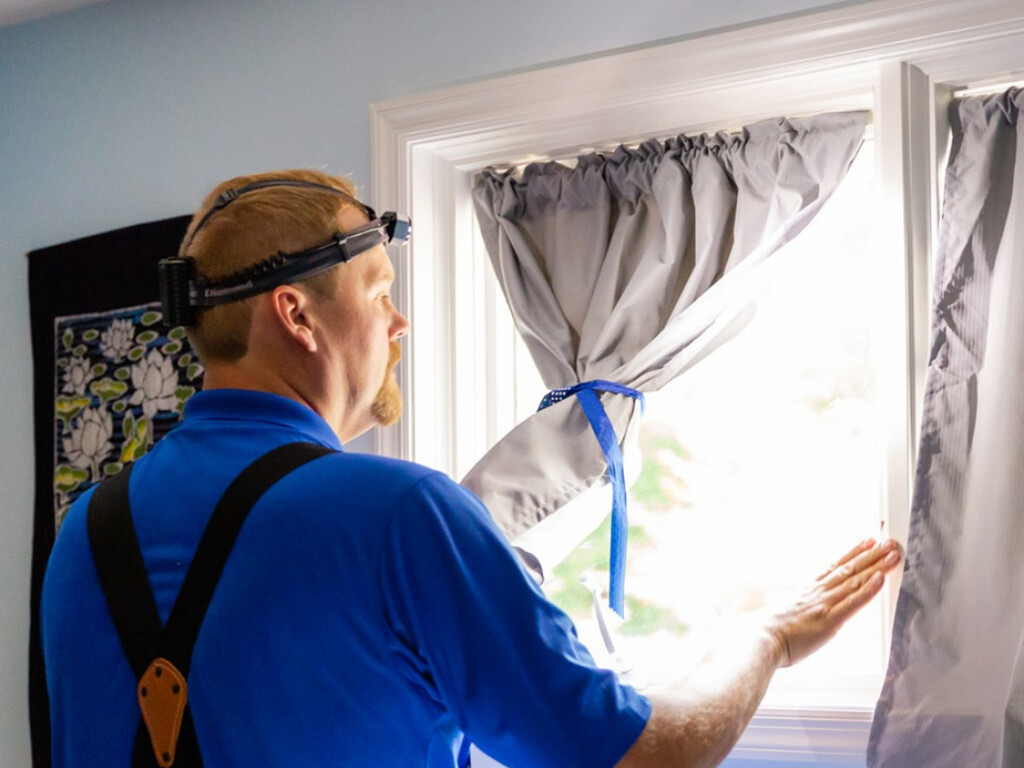Choosing the Right Mycotoxin testing Services for Your Company
Choosing the Right Mycotoxin testing Services for Your Company
Blog Article
Just How Mycotoxin Testing Helps Avoid Contamination and Secure Food Products

Mycotoxin testing is a vital method in the food market, serving as a frontline defense versus contamination by harmful contaminants generated by mold and mildews. With the application of sophisticated techniques like High-Performance Fluid Chromatography (HPLC) and Liquid Chromatography-Mass Spectrometry (LC-MS), food producers can accurately measure and find mycotoxin levels in agricultural items. This positive technique not only guarantees conformity with rigid security guidelines however also minimizes health and wellness threats to customers. Normal testing strengthens brand name credibility and economic health by minimizing contamination-related events. Just how exactly do these screening methods integrate right into the more comprehensive food security approach?
Comprehending Mycotoxins
Understanding mycotoxins begins with recognizing that they are harmful additional metabolites created by particular mold and mildews, which can infect agricultural items. These metabolites are not crucial for the development or recreation of the fungis however can have serious implications for human and animal health. Mycotoxins are typically found in staple plants such as corn, wheat, barley, and nuts, where they can multiply under certain conditions of moisture and temperature.
There are several kinds of mycotoxins, each generated by different fungal species. Aflatoxins, produced by Aspergillus varieties, are amongst the most notorious, recognized for their cancer causing homes. Another substantial team includes ochratoxins, produced by Aspergillus and Penicillium varieties, which have nephrotoxic impacts. Fusarium species generate fumonisins and trichothecenes, both of which are related to various acute and persistent health issues.

Risks of Mycotoxin Contamination
The threats of mycotoxin contamination are diverse, posing considerable threats to both food safety and security and public health. Mycotoxins, toxic substances produced by specific types of fungis, can contaminate a large range of farming items including grains, nuts, spices, dried out fruits, and coffee.
Economic influences are another significant concern. Polluted plants can result in considerable financial losses for farmers and food manufacturers due to decreased returns and the requirement for pricey decontamination procedures. International trade can be substantially hindered as countries impose stringent mycotoxin laws to safeguard their populations, leading to turned down deliveries and strained trade connections.
Ecological variables such as environment adjustment exacerbate the danger of mycotoxin contamination. Variants in temperature level and humidity can create desirable problems for fungal growth, enhancing the chance of contamination events. Thus, understanding and reducing these dangers are essential for making sure the safety and security and integrity of global food supplies.
Techniques of Mycotoxin Checking
Precisely recognizing mycotoxin contamination in farming products is vital for securing public health and wellness and preserving food security requirements. Different techniques are utilized to discover and evaluate mycotoxins, each offering details advantages and limitations.
High-Performance Liquid Chromatography (HPLC) is a commonly utilized approach as a result of its high sensitivity and precision. It involves separating mycotoxins from other compounds in an example, enabling accurate metrology. In A Similar Way, Fluid Chromatography-Mass Spectrometry (LC-MS) combines fluid chromatography with mass spectrometry to supply thorough molecular information, making it especially helpful for recognizing numerous mycotoxins simultaneously - Mycotoxin testing Services.

Gas Chromatography-Mass Spectrometry (GC-MS) and Thin-Layer Chromatography (TENDER LOVING CARE) are additionally used, each with special applications. GC-MS is reliable for unpredictable mycotoxins, while tender loving care uses an easier, affordable option for preliminary screening.
Advantages of Normal Checking
Routine testing for mycotoxins in agricultural items uses many benefits, considerably adding to public wellness and food safety and security. By determining contamination early, regular testing aids stop the distribution of toxic foods, therefore minimizing the danger of mycotoxin-related diseases among customers. This positive approach not just safeguards human health and wellness but additionally improves the overall top quality of food materials.
Consistent screening likewise sustains regulative compliance. Various countries and areas have developed strict restrictions for mycotoxin degrees in food and feed. Abiding by these limitations through normal testing makes certain that distributors and producers satisfy lawful standards, consequently avoiding charges and trade barriers. Keeping compliance promotes customer count on and brand name reputation, which are vital for market success.
Furthermore, routine mycotoxin screening can bring about significant economic advantages. Early discovery of contamination enables timely treatment, reducing potential losses from extensive contamination. Applying normal screening protocols can also lessen recall prices and relevant liabilities, which can be economically ravaging.
Moreover, routine screening supplies beneficial information that can educate better agricultural methods and storage conditions. By comprehending patterns of contamination, manufacturers can take on safety nets, thus contributing and reducing future risks to the sustainability of the food supply chain.
Implementing Testing Protocols
Carrying out efficient mycotoxin screening methods is important for guaranteeing the safety and security and high quality of agricultural items. Each phase has to be inspected to More about the author pinpoint where mycotoxin contamination is most likely to happen.
Once essential control points are recognized, choosing appropriate screening methods is crucial. Typical strategies include enzyme-linked immunosorbent assay (ELISA), high-performance fluid chromatography (HPLC), and mass spectrometry (MS) Each technique has its toughness and weaknesses; therefore, choosing the right one relies on the particular mycotoxin being examined, the needed level of sensitivity, and available resources.

Lastly, incorporating the screening protocols right into an extensive food safety monitoring system is a good idea. This enhances traceability and makes it possible for quick corrective actions when contamination is identified, thereby securing the integrity of the food supply chain.
Verdict
Mycotoxin testing is crucial in stopping contamination and safeguarding food materials by enabling very early discovery of damaging contaminants created by mold and mildews in agricultural items. Advanced approaches such as HPLC and LC-MS guarantee conformity with safety laws and protect customers from wellness risks. Routine screening enhances brand name reputation, economic security, and count on food visit our website safety and security by reducing contamination-related losses and keeping high standards in food manufacturing. Implementing extensive navigate to these guys screening protocols is therefore necessary for the industry's general health.
Mycotoxin screening is an important technique in the food sector, offering as a frontline protection versus contamination by harmful toxins produced by molds. An integrated method including agricultural methods, storage administration, and regular testing can mitigate the threats linked with mycotoxin contamination, making certain food safety and security and public health.
The dangers of mycotoxin contamination are multifaceted, positioning considerable hazards to both food safety and public health.Normal screening for mycotoxins in farming items supplies numerous benefits, substantially contributing to public wellness and food safety.Mycotoxin screening is crucial in protecting against contamination and guarding food supplies by allowing very early discovery of harmful contaminants created by molds in agricultural products.
Report this page